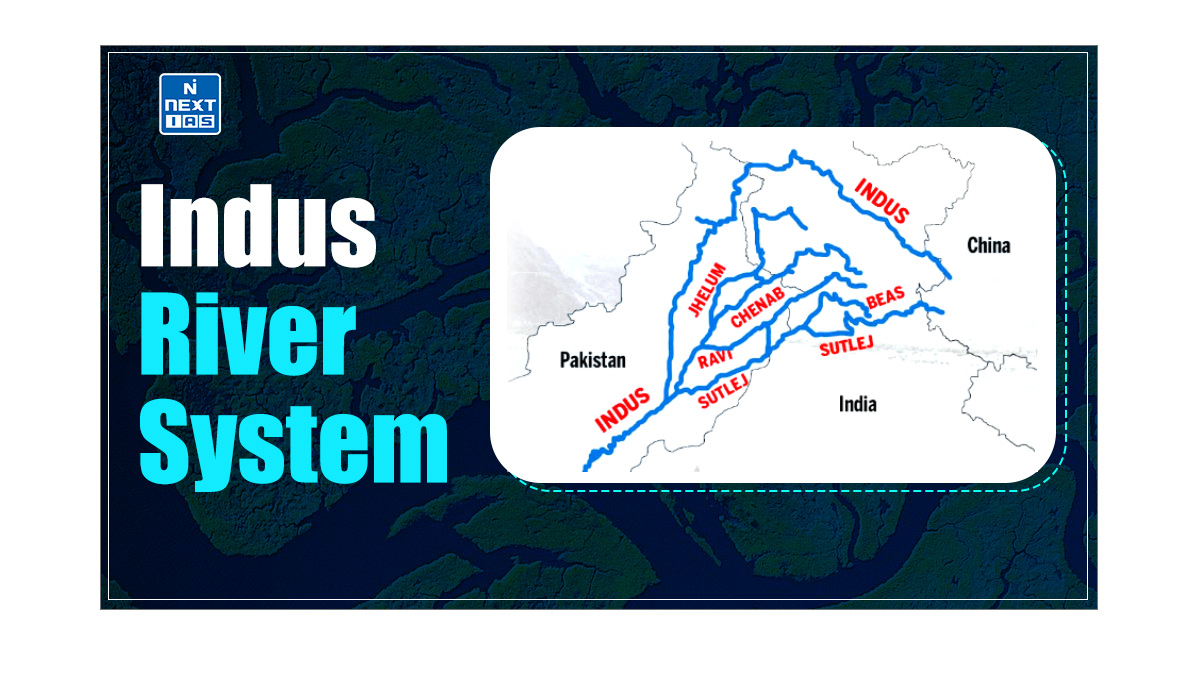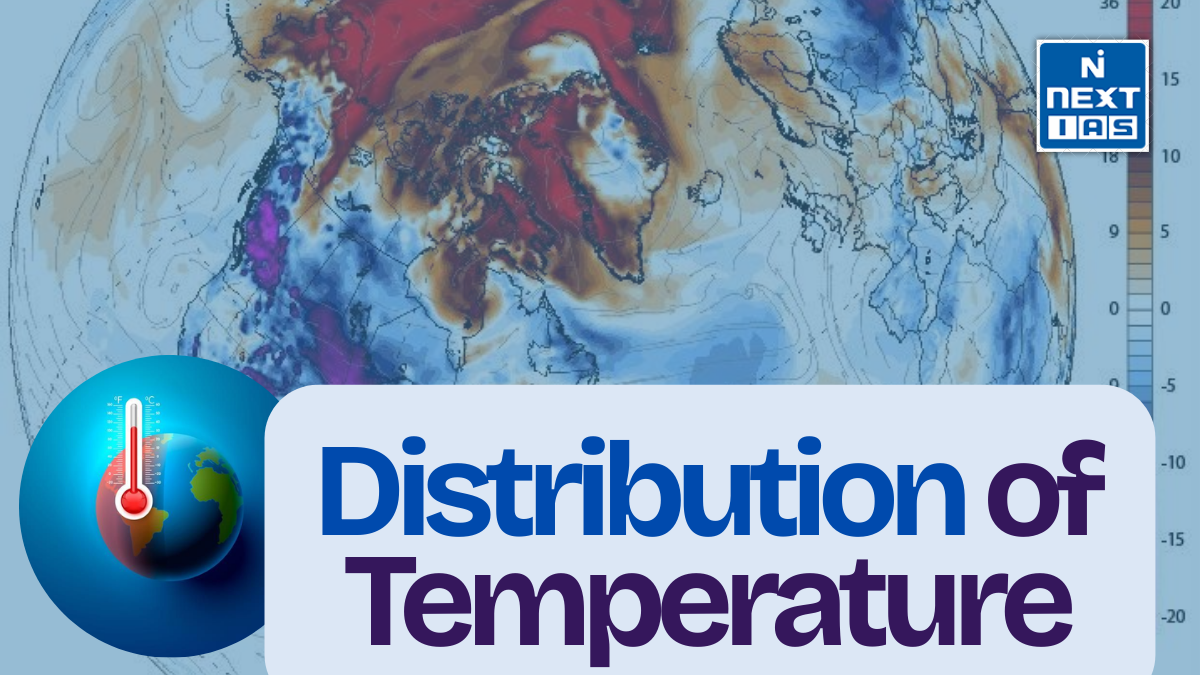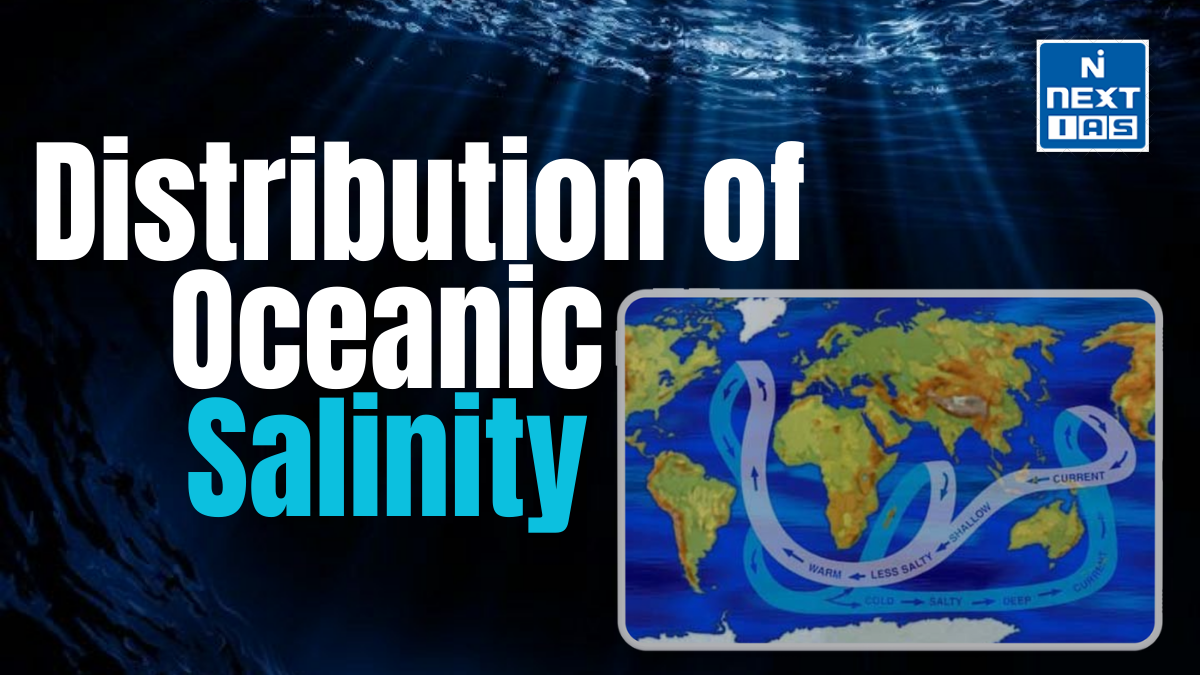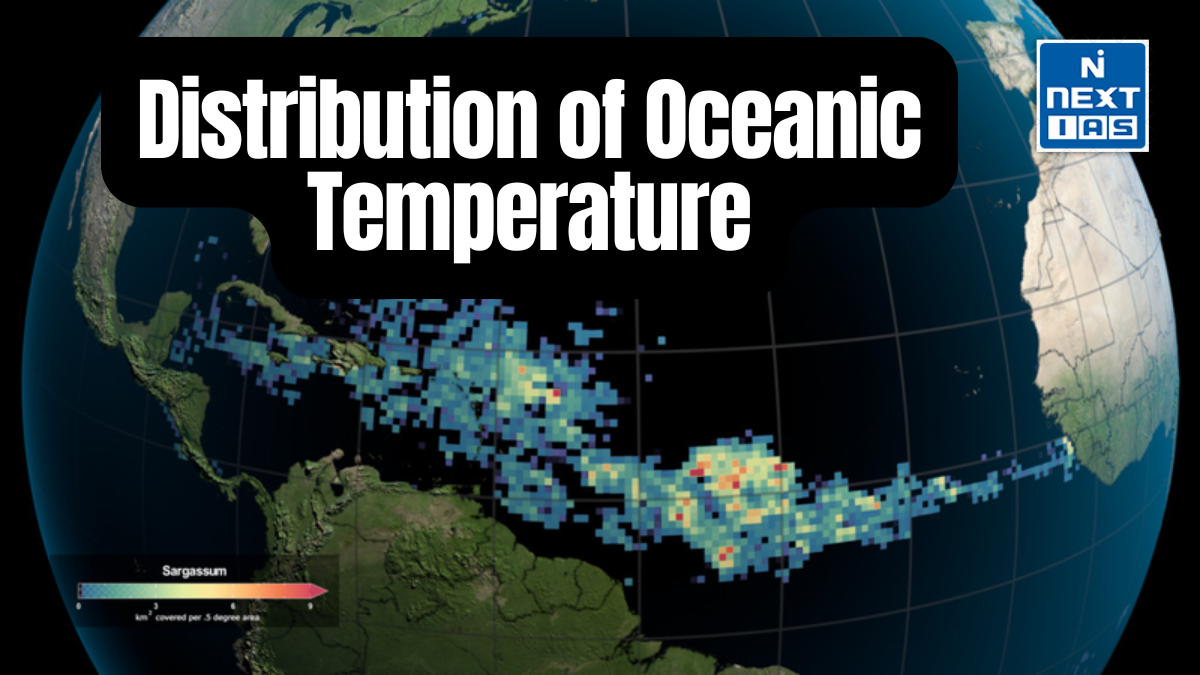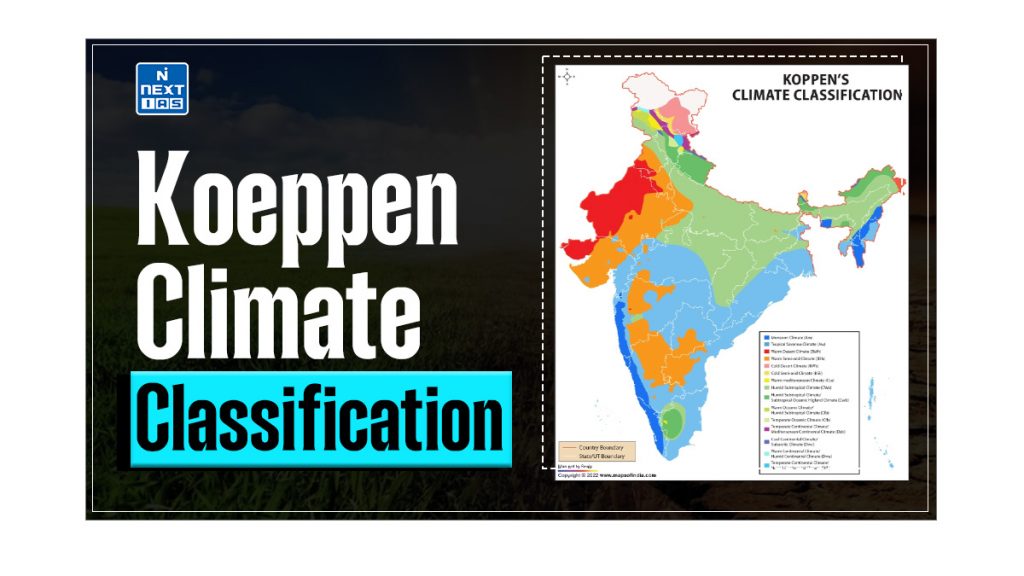
Koeppen’s Climate Classification is a system that categorises global climates based on monthly temperature and precipitation patterns. Its significance lies in providing a structured framework to understand and compare different climatic regions across the world. This article aims to study in detail the various climatic types identified by Koeppen’s classification and their implications for regions, seasonal variations, and environmental conditions.
What is Koeppen’s Climate Classification?
- The Koppen Climate Classification is a widely used system for categorising the world’s climates based on average monthly and annual values of temperature and precipitation.
- Developed by German climatologist Wladimir Köppen, the classification system divides climates into five main groups:
- tropical (A),
- dry (B),
- temperate (C),
- cold (D), and
- polar (E).
- Each group is further subdivided into more specific climate types based on seasonal variations in temperature and precipitation.
- The Köppen system helps understand the distribution of climate zones and their impact on ecosystems and human activities.
Major Climate Types in Koeppen’s Classification
Koeppen’s Climatic Classification system is based on monthly temperature and precipitation values. It identifies five major climatic types:
- Tropical Climates (mean monthly temperature over 18°C),
- Dry Climates (very low precipitation compared to temperature),
- Warm Temperate Climates (coldest month’s mean temperature between 18°C and -3°C),
- Cool Temperate Climates (mean temperature of the warmest month over 10°C, and coldest month below -3°C), and
- Polar Climates (mean temperature of the warmest month less than 10°C).
| Note: Each type is further divided into sub-types based on seasonal variations in rainfall and temperature. |
Symbols and Sub-Types in Koeppen’s Classification
- The symbols of the Koeppen’s classification are as follows:
- S for semi-arid regions, and
- W for arid regions.
- The following small letters to define sub-types:
- f (sufficient precipitation),
- m (rainforest despite a dry monsoon season),
- w (dry season in winter),
- h (dry and hot),
- c (less than four months with mean temperature over 10°C), and
- g (Gangetic plain).

Koeppen’s Climatic Classification
Tropical Climates
Characteristics
- Mean Monthly Temperature – Always above 18°C.
- Precipitation – High levels of rainfall throughout the year.
- Humidity – Generally high due to constant warm temperatures and frequent rainfall.
- Vegetation – Supports lush, dense vegetation such as rainforests.
Regions
- Equatorial regions include parts of India, Southeast Asia, the Amazon Basin, and Central Africa.
Seasonal Variations
- Minimal temperature variations throughout the year.
- Often experiences a wet and dry season, with the wet season being the monsoon period.
Dry Climates
Characteristics
- Temperature – It can range from very hot to temperate, but the key factor is the low level of precipitation.
- Precipitation – Very low compared to the temperature, resulting in dry conditions.
- Vegetation – Sparse, with hardy plants such as cacti and shrubs adapted to arid conditions.
Regions
- It is found in areas such as the Sahara Desert, the Arabian Peninsula, parts of Australia, and the southwestern United States.
Seasonal Variations
- Hot and dry conditions dominate, with some areas experiencing very little to no rainfall year-round.
- In semi-arid regions, a brief rainy season with slightly more precipitation may occur.
Warm Temperate Climates
Characteristics
- Mean Temperature of Coldest Month – Between 18°C and -3°C.
- Precipitation – Moderate to high, often with seasonal variations.
- Vegetation – Supports a variety of crops, deciduous forests, and some evergreen species.
Regions
- Southern United States, Mediterranean regions, parts of southern China, and southern Brazil.
Seasonal Variations
- Distinct seasons with mild winters and warm to hot summers.
- Seasonal precipitation patterns, some areas experiencing dry summers and wet winters (Mediterranean climate).
Cool Temperate Climates
Characteristics
- Mean Temperature of Warmest Month – Over 10°C.
- Mean Temperature of Coldest Month – Below -3°C.
- Precipitation – Moderate, with more significant seasonal variations.
Regions
- Northern United States, much of Europe, parts of northern Asia, and southern Canada.
Seasonal Variations
- Four distinct seasons with cold winters and warm summers.
- Precipitation is distributed throughout the year, though some areas may experience wetter summers or winters.
Polar Climates
Characteristics
- Mean Temperature of Warmest Month – Less than 10°C.
- Temperature – Very cold throughout the year, with long, harsh winters.
- Vegetation – Very limited, often tundra or ice-covered, with only hardy mosses, lichens, and low shrubs.
Regions
- Antarctica, Greenland, and the Arctic regions of Canada, Russia, and Scandinavia.
Seasonal Variations
- Extreme cold conditions dominate year-round.
- Very short and cool summers with minimal warming.
- Long, dark winters with temperatures often well below freezing.

Conclusion
As highlighted by Koeppen’s classification, India’s climatic diversity underscores the complexity of its environmental landscape. Each region offers unique challenges and opportunities, from the humid tropical climates of the Western Ghats to the arid deserts of Rajasthan and the subtropical regions of the Gangetic plains to the polar-like conditions of the Himalayas. These climatic variations are crucial in shaping the country’s agriculture, biodiversity, and lifestyle. By understanding these distinct climate zones, we can better appreciate India’s environmental richness and devise more effective strategies for sustainable development and climate resilience.
Frequently Asked Questions (FAQs)
Why does India have a monsoon type of climate?
India has a monsoon type of climate due to its geographical location and the influence of the Indian Ocean. The differential heating of land and water creates pressure gradients that drive the seasonal reversal of winds. During the summer, moist air from the Indian Ocean is drawn towards the low-pressure area over the Indian subcontinent, bringing heavy rainfall. In winter, high-pressure systems over the landmass push dry air towards the ocean, resulting in dry conditions.
What are the different climate regions according to Koeppen?
The classification system divides climates into five main groups:
– tropical (A),
– dry (B),
– temperate (C),
– cold (D), and
– polar (E)
